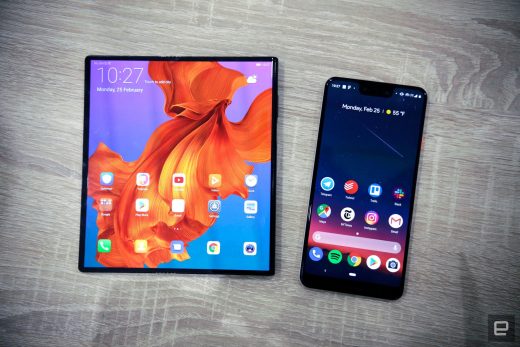Making sense of the 5G phones at Mobile World Congress 2019
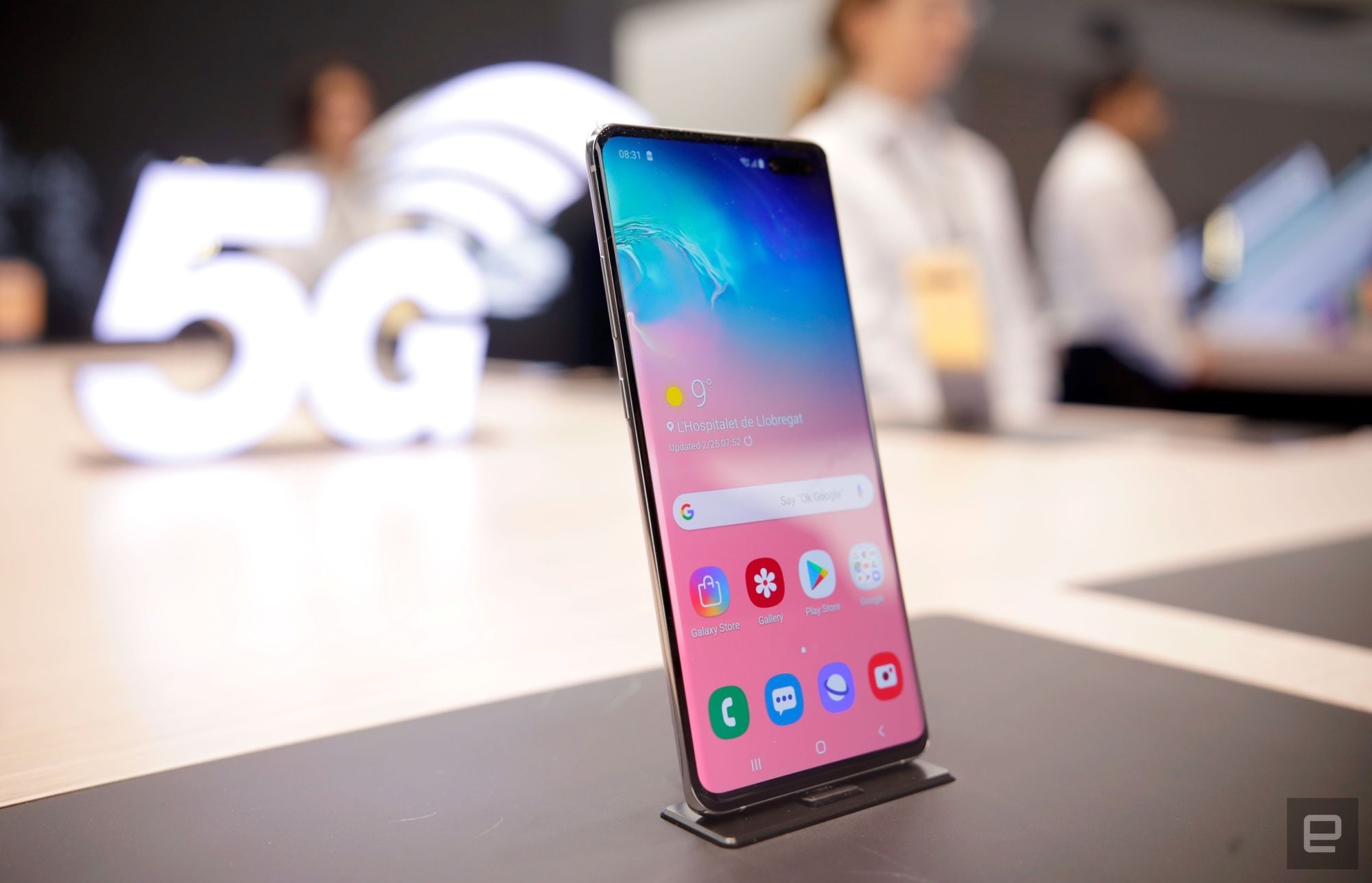
After years of talk, the era of 5G is finally upon us. This time around, you couldn’t take more than a few steps on the MWC show floor without bumping into someone driving a delivery truck via 5G, or seeing a man remotely directing a surgery across town thanks to 5G’s ultra-low latency. (In case you hadn’t heard, MWC is weird.) For most of us though, 5G just means faster data for our smartphones, so we wanted to take a moment to dig into what the 5G phones we found in Barcelona really bring to the table.
All products recommended by Engadget were selected by our editorial team, independent of our parent company, Verizon Media. If you buy something through one of our links, we may earn an affiliate commission.
Catch up on all the latest news from MWC 2019 here!
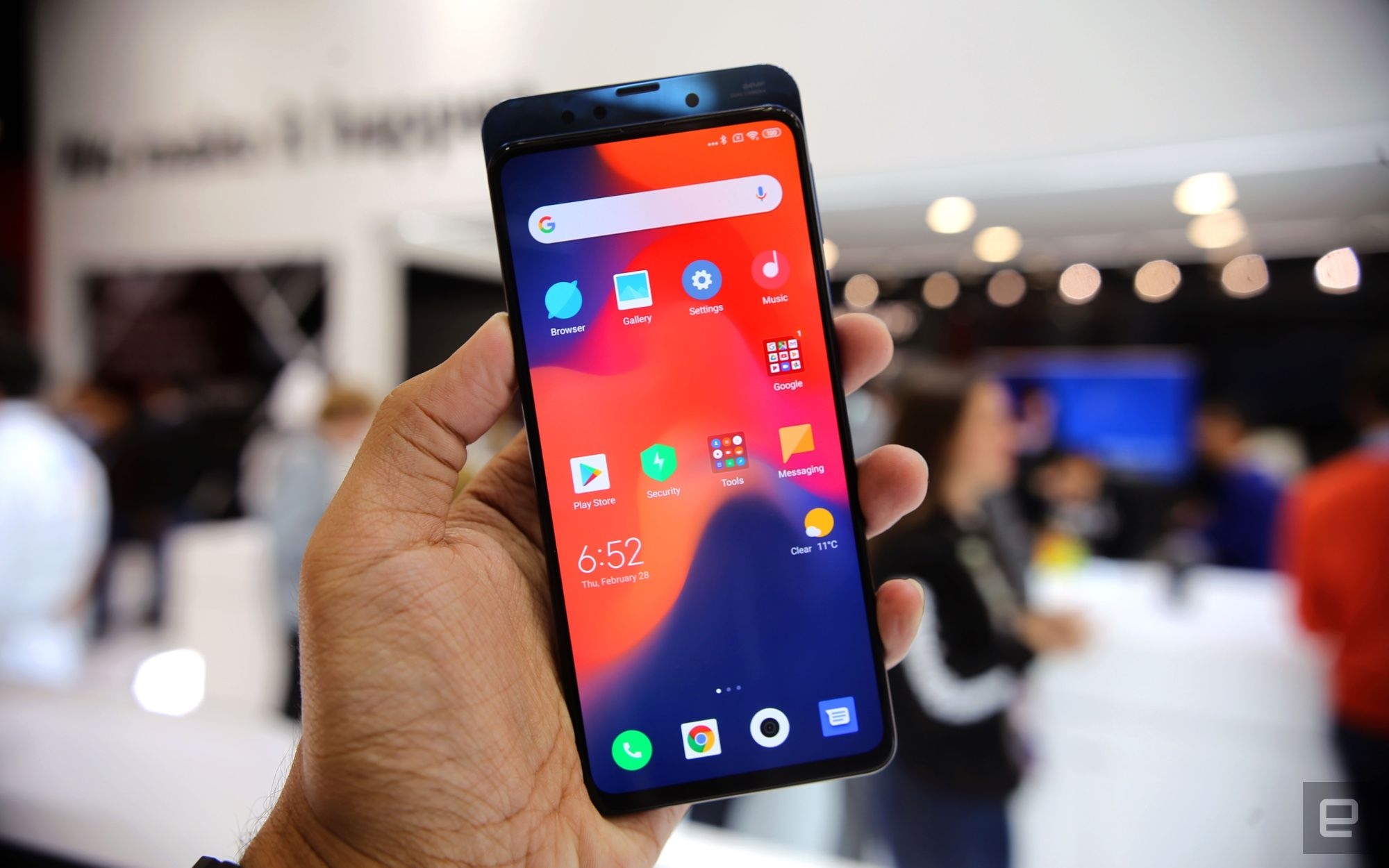
The inexpensive one: Xiaomi Mi Mix 3 5G
5G devices will become broadly accessible in a few years, once carriers are further along in their network deployments. In the short term, though, few people will really get to benefit from the sort of improved data speeds those networks can provide — is it really any surprise, then, that the 5G devices we’ve seen so far tend to be pricey?
Of the few 5G devices at MWC that have official price tags, Xiaomi’s 5G Mi Mix 3 will hurt wallets the least: it’s set to launch later this year for under the equivalent of $700, making it even less expensive than some of the non-5G phones at the show. The phone’s foundation isn’t new — it’s basically last year’s Mi Mix 3 slider with a Snapdragon 855 and an X50 modem — but it’s still a compelling little package. (Especially if you’re fond of slider phones, like I am.) This relatively low price tag does come with a caveat, though: The phone only supports sub-6GHz networks, but carriers are ultimately looking at mmWave systems for super-high speeds and low latency. Still, the company expects 5G Mi Mix owners to experience speeds up to ten times as fast as LTE, so it’s probably not a bad stopgap option.
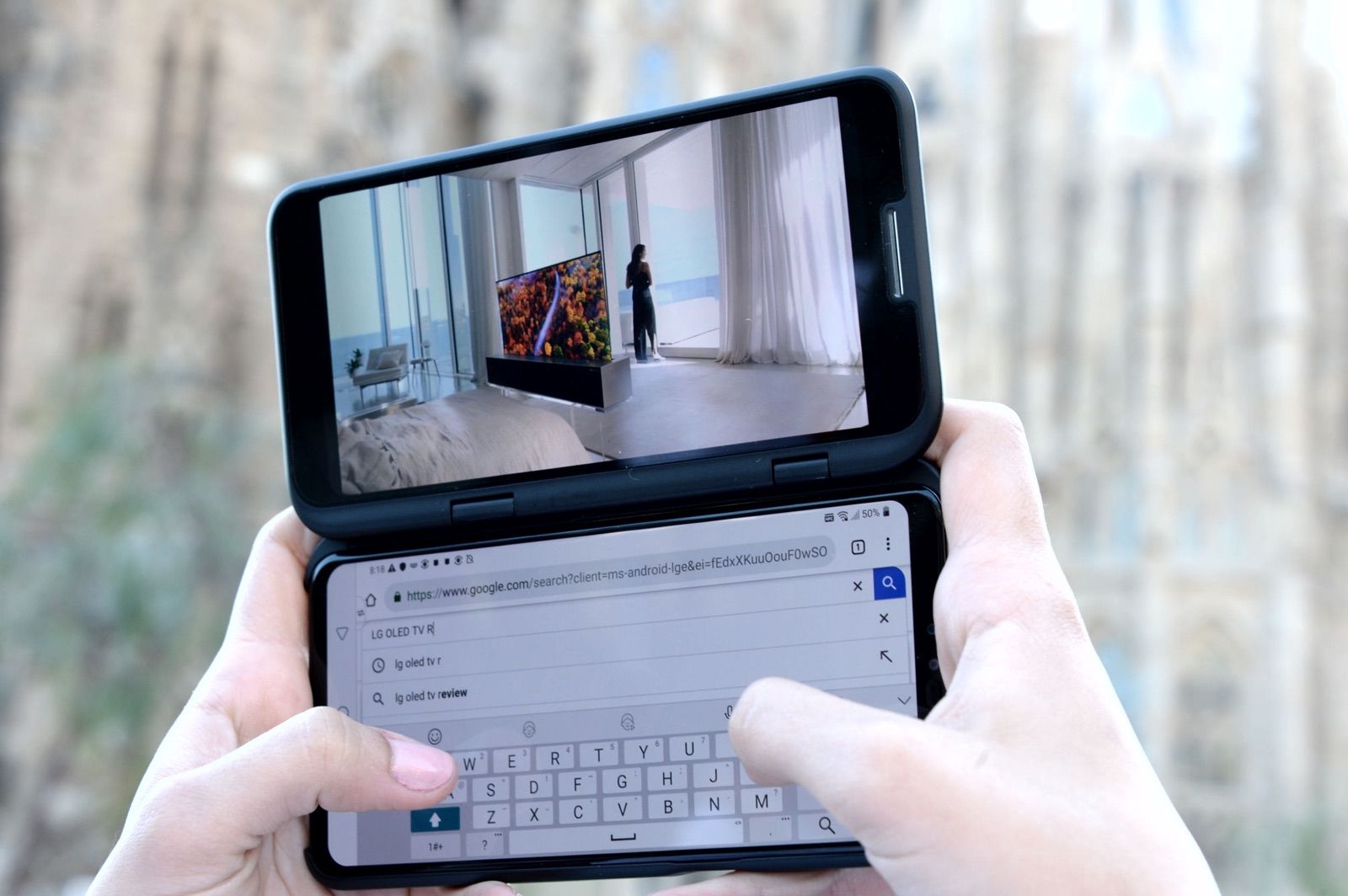
The underwhelming one: LG V50 ThinQ
It was far from perfect, but I enjoyed last year’s LG V40 ThinQ — it had a flexible (if sometimes frustrating) triple camera system, and its build quality was actually quite good. LG must have liked it a lot, too, because it basically took that phone, packed the necessary 5G components inside, and called it the V50 ThinQ. Apart from 5G support (which will begin with Sprint in the US later this year), only minor physical differences keep the V50 from being a complete retread.
LG’s rationale here seems pretty clear: it needed 5G devices for 2019, so why not just improve on an existing model? I mean, Xiaomi did it, right? The difference is, the V50 is likely to cost quite a bit more than Xiaomi, and it doesn’t help that LG packed some delightfully odd features into its new G8. (Air Gestures? Secure vein recognition? We’re intrigued.) A 5G version of the G8 would’ve been the ideal situation here, but instead, LG’s going into the new year with a 5G device that, in terms of features and creature comforts, was plucked straight out of 2018. Oh, and the worst part? LG has built a secondary screen attachment that turns the phone into a pseudo-foldable (pictured above), but it has no plans to bring it to the United States. LG, why do you have to be like that?
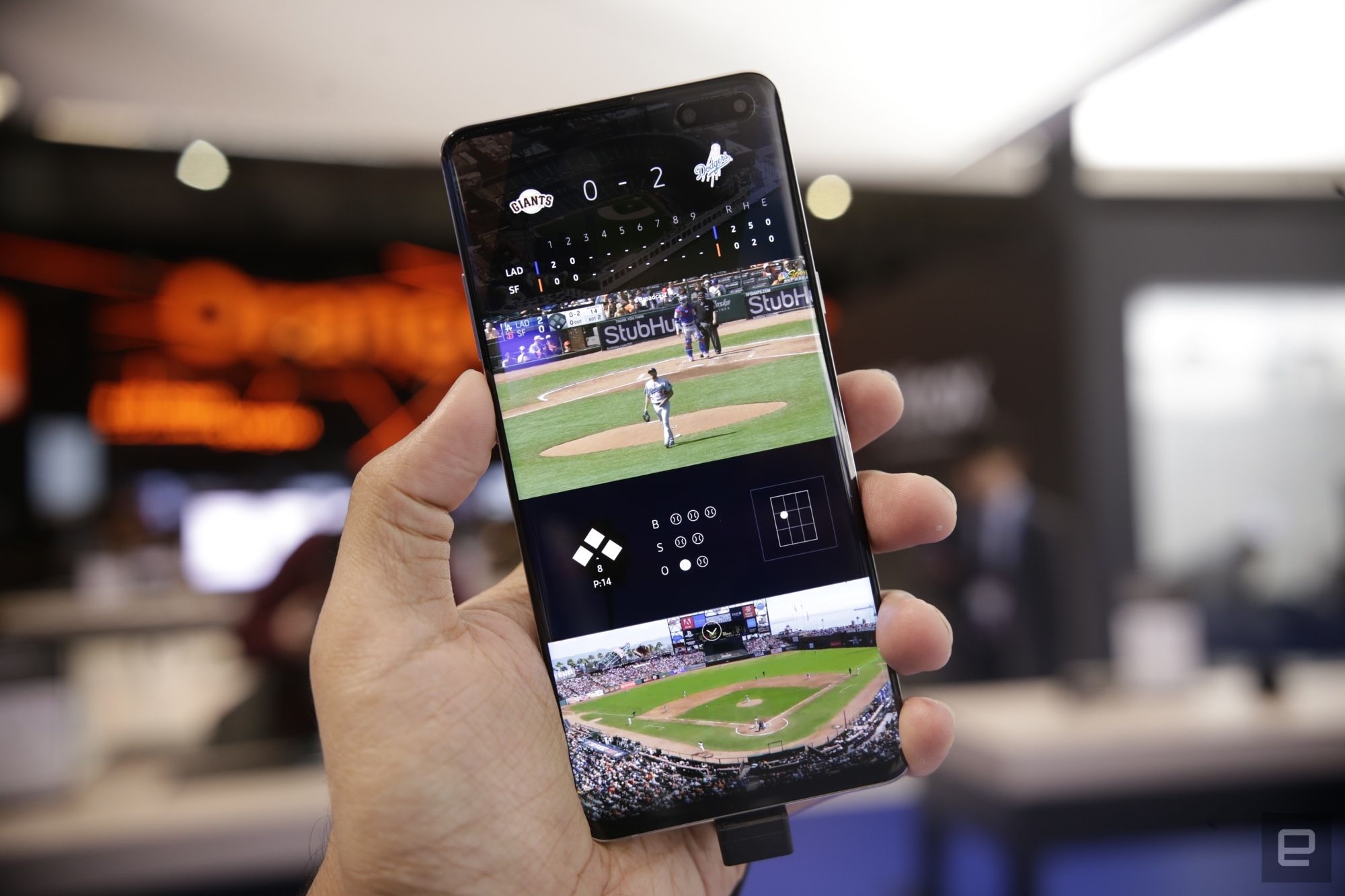
The one most people will probably buy: Galaxy S10 5G
Of all the companies we’ve seen trot out 5G phones at MWC, Samsung has clearly been the best-prepared. As you probably could’ve guessed by the name, the Galaxy S10 5G packs all of the features that make the rest of the S10 family such compelling devices — beautiful, Dynamic AMOLED screens, great cameras, improved Samsung software — and adds support for this year’s 5G networks. The thing is, Samsung also made sure to add a few new flourishes, like a front and rear-facing time-of-flight cameras for improved depth effects and AR. In other words, the Galaxy S10 5G might be worth owning even if you can’t jump onto a 5G network this year.
It’s not supposed to be dramatically more expensive than the rest of the S10 family, either; an exec told CNET that, price-wise, it would sit much closer to the S10+ than the Galaxy Fold. For now at least, Samsung has landed on what feels like the winning mix of price, performance and functionality. Of course, sometimes you can’t help but yearn for something a little more… impractical, let’s say.
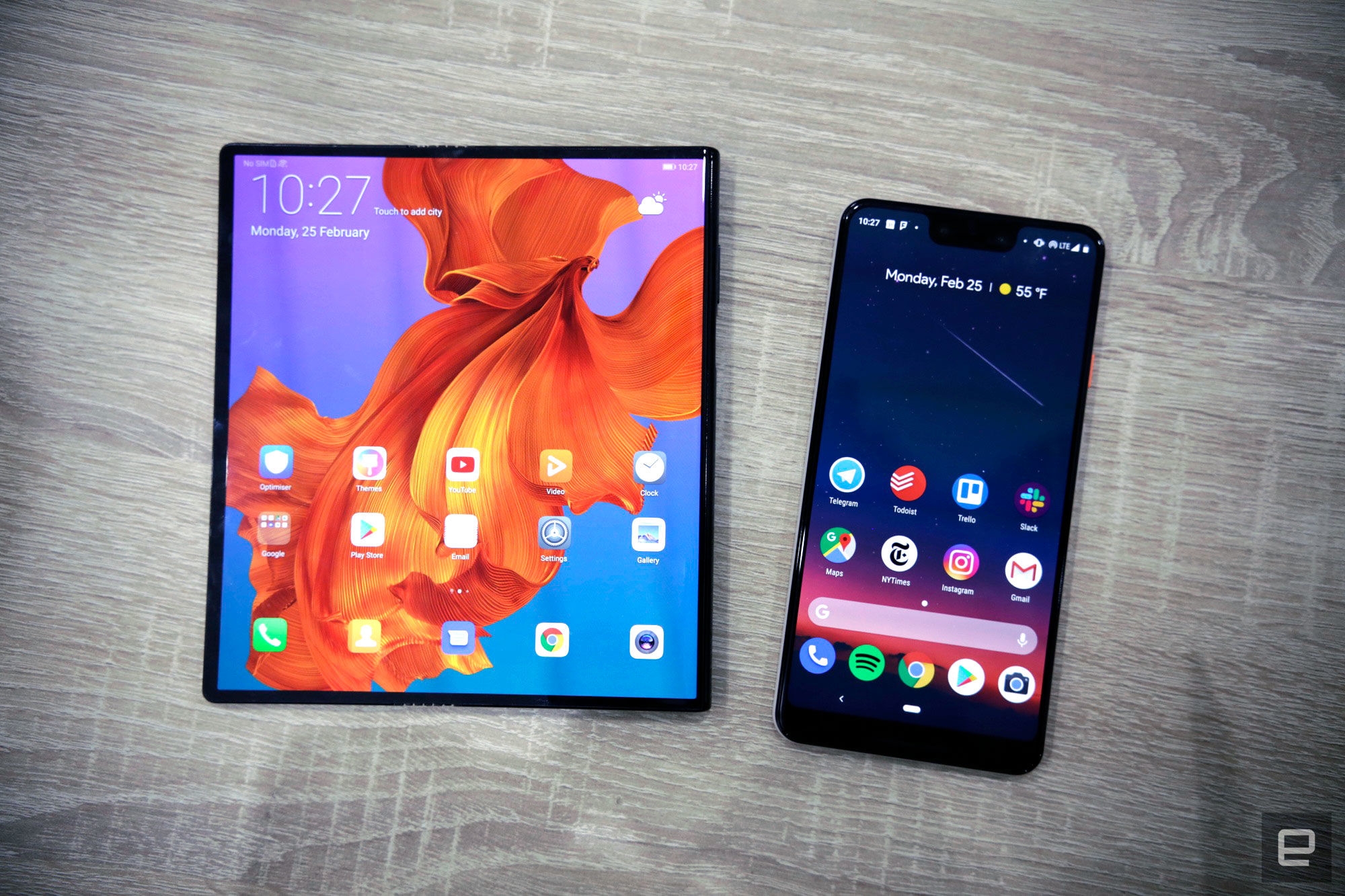
The one you wish you could have: Huawei Mate X
As I’ve mentioned elsewhere, Huawei has never stolen the show at MWC the way it did this year with the foldable Mate X. Its sleek, premium foldable body honestly puts to shame Samsung’s Galaxy Fold, a device whose compromises in design have only become more apparent over the past week. The Mate X is an absolutely stunning phone. It’s surprisingly future-proof, too, thanks to the Balong 5000 modem inside — it supports both sub-6 and mmWave 5G networks, so one could argue that investing in a Mate X could be a smart move long-term.
Let’s be clear, though: the Mate X is an investment. It’ll cost nearly $2,600 when it goes on sale later this year, and given the company’s tense relationship with the US government, there’s almost no chance it’ll land in the United States. For most, the Mate X will remain a device meant to be admired from afar. With any luck, though, Huawei will take what it learns about making valuable foldables and make some less insanely expensive ones for the rest of us.
The ones we don’t know much about yet
While Samsung, LG and Huawei dominated the 5G smartphone conversation at MWC, they were far from the only companies signaling their 5G ambitions. ZTE pulled back the curtains on its new Axon 10 Pro 5G, a device with a mouthful of a name and a surprisingly sleek design. Naturally, there’s a Snapdragon 855 inside along with the requisite X50 modem, and the 6.47-inch AMOLED FHD+ screen was only barely obscured by a teardrop notch. Oh, and with its triple-camera system around back (complete with a 48MP main sensor), the Axon 10 Pro looks quite a bit like one of Huawei’s Mate 20 Pros, just with support for sub-6 5G tucked away inside.
Meanwhile, Alcatel and OnePlus had prototypes on display at their respective booths. The former packed a 6.5-inch display and was, in almost every way apart from its 5G modem, completely unremarkable. OnePlus did a better job selling its 5G plans — they paid a person to play Ace Combat 7 on a device over a simulated 5G network, while showing off a 5G demo device with a narrow, elongated screen under plexiglass. Sony was a little cagier about its own 5G prototype, but I’m alright with that. It seems to be based off the same foundation as its new, 21:9 Xperia smartphones, and if it packs the same sort of technical ambition as its new Xperia 1, consider us highly intrigued.
| Samsung S10 5G | LG V50 ThinQ | Xiaomi Mi Mix 3 | Huawei Mate X | |
|---|---|---|---|---|
| Pricing | Not available | Not available | ~$680 | $2,600 |
| Dimensions | 162.6 x 77.1 x 7.94mm (6.38 x 3.04 x 0.31 inches) | 159.2 x 76.1 x 8.3mm (6.27 x 3 x 0.33 inches) | 157.89 x 74.69 x 9.4mm (6.22 x 2.94 x 0.37 inches) | 146.2 x 161.3 x 11mm (5.76 x 6.35 x 0.43 inches) |
| Weight | 198g (6.98 ounces) | 183g (6.46 ounces) | 218g (7.69 ounces) | 295g (10.41 ounces) |
| Screen size | 6.7 inches (170.18mm) | 6.4 inches (162.56mm) | 6.39 inches (162.3) | 8 inches (203.2mm) |
| Screen resolution | 3,040 x 1,440 (505 ppi) | 3,120 x 1,440 (537 ppi) | 2,340 x 1,080 (403 ppi) | 2,480 x 2,200 (414 ppi) |
| Screen type | AMOLED | pOLED | AMOLED | AMOLED |
| Battery | 4,500 mAh | 4,000 mAh | 3,200 mAh | 4,500 mAh |
| Internal storage | 256 GB | 128 GB | 64 / 128 GB | 512 GB |
| External storage | None | micro SD | None | NM card |
| Rear camera(s) | Four cameras: Ultra-wide, 16MP, f/2.2 Wide dual pixel, 12MP, f/1.5 | f/2.4 Telephoto, 12MP, f/2.4 3D depth TOF, hQVGA |
Three cameras: Main, 12MP, f/1.5 Ultra-wide, f/1.9 Telephoto, f/2.4 |
Dual cameras: Wide, 12MP, f/1.8 Telephoto, 12MP |
Wide angle, 40MP, f/1.8 Ultra wide angle, 16MP, f/2.2 Telephoto, 8MP, f/2.4 |
| Front camera(s) | Dual cameras: Selfie, 10MP, f/1.9 3D depth TOF, hQVGA |
Dual cameras: Main, 8MP, f/1.9 Wide, 5MP, f/2.2 |
Dual cameras: 24MP 2MP |
None |
| Video capture | 4K with HDR10+ | 4K at 60fps | 4K at 60fps | 4K at 30fps |
| SoC | Qualcomm Snapdragon 855 | Qualcomm Snapdragon 855 | Qualcomm Snapdragon 855 | Huawei Kirin 980 |
| CPU | 2.8GHz octa-core | 2.8GHz octa-core | 2.84GHz octa-core | 2.6GHz octa-core |
| GPU | Adreno 640 | Adreno 640 | Adreno 640 | Mali-G76 |
| RAM | 8 GB | 6 GB | 6 GB | 8 GB |
| WiFi | Dual band, 802.11ac/ax | Dual band, 802.11ac | Dual band, 802.11ac | Dual band, 802.11ac |
| NFC | Yes | Yes | Yes | Yes |
| Bluetooth | v5.0 | v5.0 | v5.0 | v5.0 |
| Operating system | Android 9.0 | Android 9.0 | Android 9.0 | Android 9.0 |
| Other features | IP68 certified, 3.5mm headphone jack, USB-C, WPC/PMA wireless charging | IP68 certified, USB-C, Qi wireless charging | USB-C | USB-C |
Kris Naudus contributed to this post.
(57)

